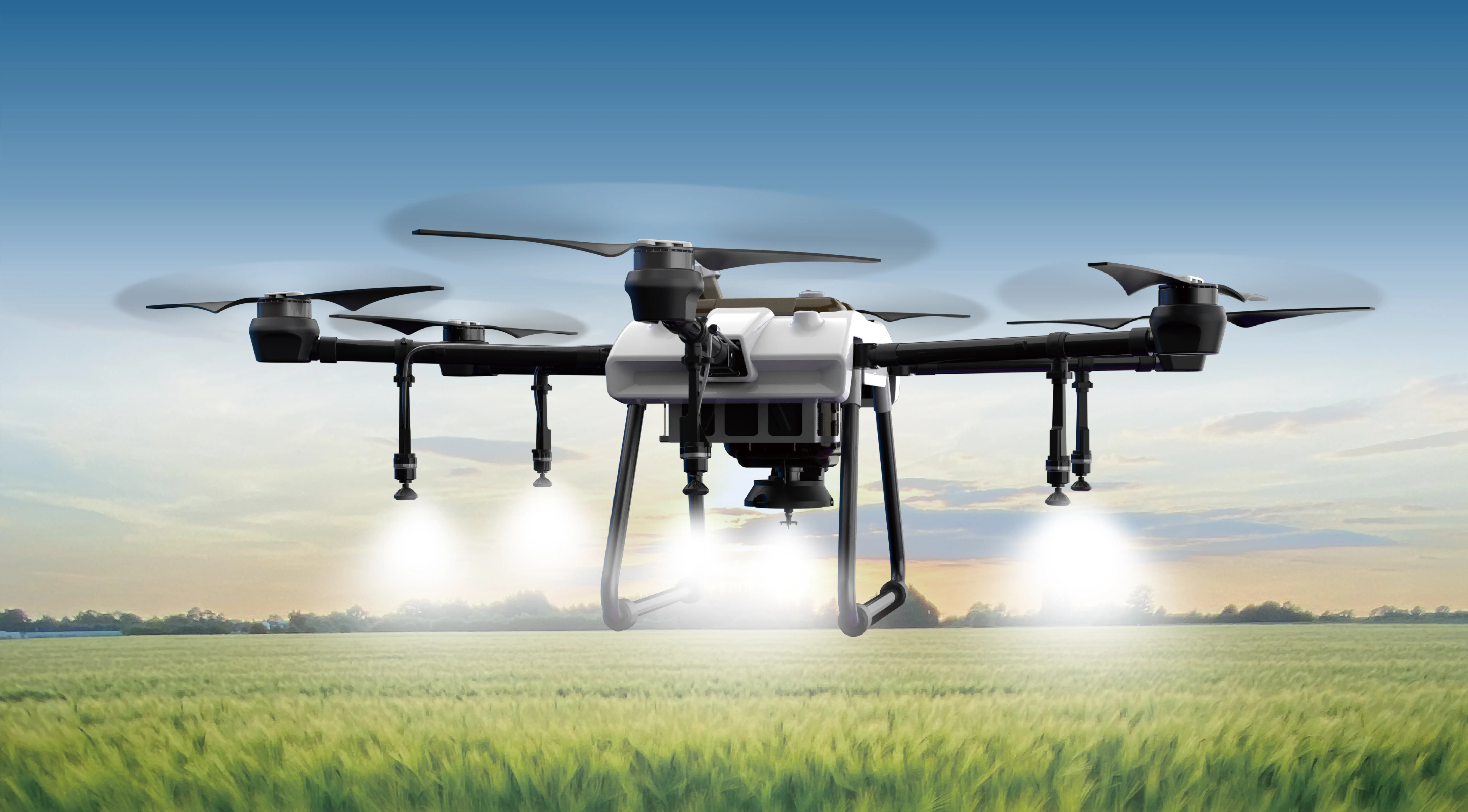Sure, I got it. Here's a lively, engaging, and SEO-friendly piece about how to use a servo motor, with a conversational tone, sprinkled with practical insights and a touch of storytelling—no overly formal structure, no fluff. Let’s dive in.

Ever looked at a robot arm or a drone and wondered how it moves so precisely? The secret often lies in a tiny powerhouse called a servo motor. It’s like a conductor leading an orchestra, making sure every instrument hits the right note at exactly the right moment. So, how do you harness this little marvel?
First off, understanding the basics is like learning to ride a bike before the race. A servo motor is a compact rotary actuator that converts electrical signals into precise mechanical motion. It’s not just about spinning; it’s about exact positioning. You tell it where to go, and it gets there smoothly and accurately.
When you start using a servo motor, you’ll want to consider the voltage and current requirements. Think of it like fueling your car — get the right fuel, and it runs efficiently. If you feed it too much or too little, performance drops or even hardware dies. Typically, servo motors are compatible with standard power supplies within certain ranges, which makes planning your setup easier.
Connecting it up is straightforward but requires some care. Usually, you’ll see three wires: power, ground, and signal. What’s interesting is the signal — it often comes from a microcontroller or control board, which sends PWM (Pulse Width Modulation) signals. These signals tell the motor what position to hold, kind of like a remote control for a toy car.
Here's where the fun begins. Calibration is crucial. You need to set the neutral or zero position to match your project's parameters. For example, if you’re assembling a robotic arm, you want the servo to recognize where “zero” is and how far you can turn it safely without stressing the gear. Many servos have built-in limits, but it’s better to double-check.
A common question: “Can I use a servo motor for continuous rotation?” Yes, some are designed for that purpose, effectively turning into a small motor, but most standard servos are designed for precise, limited rotation. If you want endless rotation, look for special types like continuous rotation servos.
Now, thinking about performance, load matters. Push too hard and you'll see delays or missed steps. Imagine trying to turn a heavy wheel with a weak arm—that’s what overloads do. Choosing the right servo involves balancing torque, speed, and size. For instance, a small servo might be perfect for embedded projects, but heavy-duty robots demand larger, more powerful units.
Ever wonder about troubleshooting? Sometimes, a servo just jitters or doesn’t reach the target position. Loosened gears, misaligned calibration, or insufficient power supply are prime suspects. Solutions often involve tightening, recalibrating, or upgrading your power source.
Let’s be honest: using a servo isn’t just about hardware. It’s also about control algorithms, timing, and a bit of trial and error. You learn what works through bits of experimentation—like tweaking a recipe until it tastes just right.
At the end of the day, using a servo motor is an adventure into precision. It’s a bridge between electrical signals and mechanical movement, turning your ideas into motion. Whether you’re crafting a robotic arm, an automated camera slider, or a custom drone, mastering how to use a servo unlocks endless possibilities.
So, next time you think about automating a part of your project, keep the servo in mind. Play around with it, get to know its quirks, and see how much better your creations move with just a little bit of understanding and a lot of experimentation.
There you go! A lively, detailed, and engaging look into how to use a servo motor, spun in a casual, storytelling style that invites curiosity and confidence.
Established in 2005, Kpower has been dedicated to a professional compact motion unit manufacturer, headquartered in Dongguan, Guangdong Province, China. Leveraging innovations in modular drive technology, Kpower integrates high-performance motors, precision reducers, and multi-protocol control systems to provide efficient and customized smart drive system solutions. Kpower has delivered professional drive system solutions to over 500 enterprise clients globally with products covering various fields such as Smart Home Systems, Automatic Electronics, Robotics, Precision Agriculture, Drones, and Industrial Automation.




































